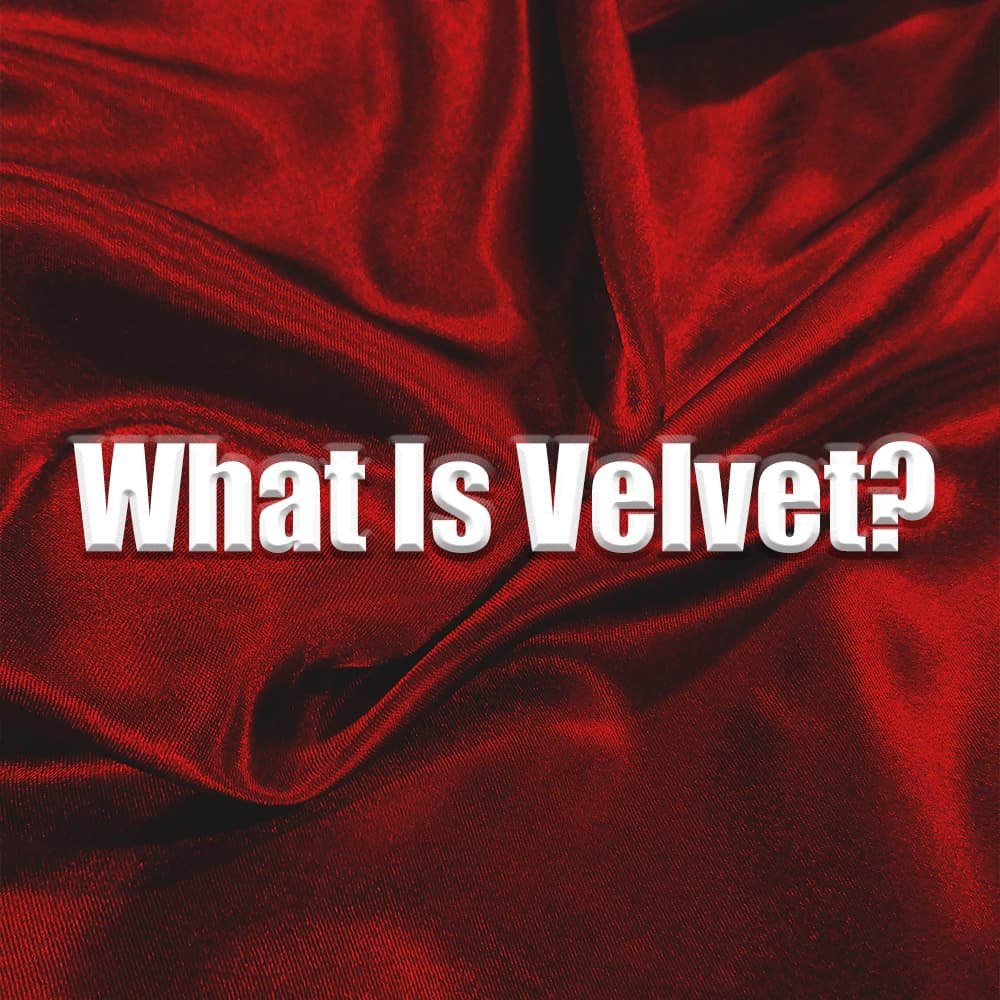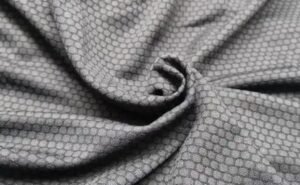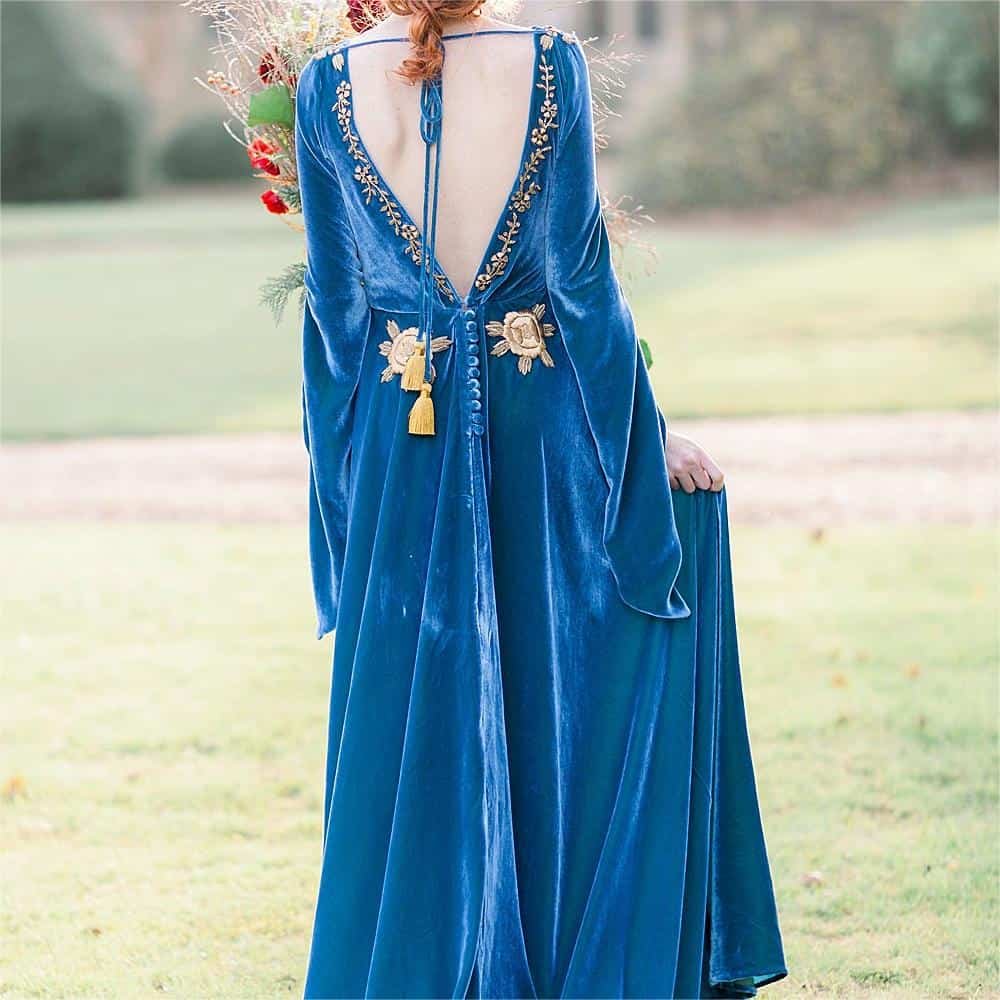
Velvet is a type of fabric that is soft, smooth, and luxurious to the touch. It is made from a mixture of silk, cotton, or synthetic fibers that are tightly woven together to form a dense, velvety pile on one side. The pile gives the fabric its unique texture and appearance, and is created by carefully cutting the loops of yarn on the surface of the fabric. Velvet can be made in a variety of colors and patterns, and is often used for formal clothing, curtains, and upholstery.
The history of velvet can be traced back to the Middle East, where it was made from silk and used for royal garments. From there, it spread to Europe, where it became a popular material for clothing and accessories. During the Renaissance, velvet was especially popular in Italy and was used to make luxurious robes, capes, and other garments for royalty and the wealthy.
Velvet is known for its softness and durability, as well as its ability to retain its shape and color over time. It is a popular choice for clothing because it drapes well and adds a touch of elegance to any outfit. Velvet is also popular for home decor, as it adds texture and warmth to a room.
In addition to its traditional uses, velvet has also been used in modern art and design, particularly in the form of large, colorful velvet paintings. These works of art are created by stretching velvet over a frame and then painting it with acrylic or oil paints. The texture of the velvet adds depth and dimension to the painting, and the fabric’s ability to retain its color makes it ideal for this type of art.
In conclusion, velvet is a versatile and luxurious fabric that has a rich history and continues to be popular today for its softness, durability, and elegance. Whether used for clothing, home decor, or art, velvet adds a touch of sophistication and beauty to any project.
How Is Velvet Made?
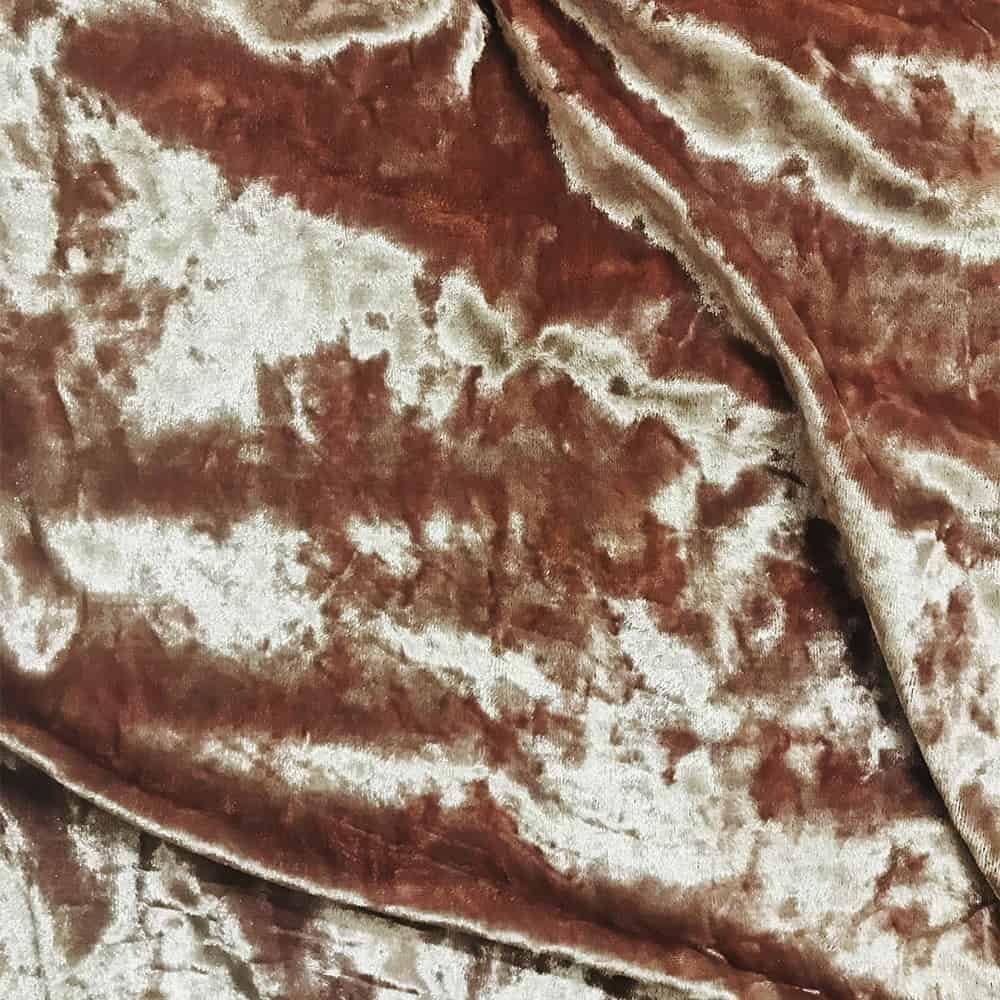
Velvet is made by weaving a pile fabric using two sets of warp (lengthwise) yarns and a single weft (crosswise) yarn. The pile is created by cutting loops of yarns that are left uncut at the base and rise up from the fabric surface. The loops are then sheared to create a smooth, even surface.
There are two main types of velvet weaving techniques: the cut pile method and the uncut pile (velvet) method. In the cut pile method, the loops are cut to create a plush, even surface, while in the uncut pile method, the loops are left intact to create a more textured surface.
After weaving, the velvet fabric is often brushed or sheared to enhance its texture and appearance, and to remove any stray fibers. The fabric may also be dyed, printed, or embossed with patterns to create a variety of styles and designs.
Velvet can be made from a variety of fibers, including cotton, silk, rayon, polyester, and nylon. The choice of fiber depends on the intended use and desired appearance of the velvet. For example, silk velvet is often used for formal clothing and accessories, while polyester velvet is more commonly used for furniture upholstery due to its durability and affordability.
In conclusion, velvet is a luxurious and versatile fabric that is created through a process of weaving, cutting, brushing, and finishing. The type of velvet produced depends on the weaving technique, fiber used, and the desired appearance and intended use of the fabric.
5 Types Of Velvet
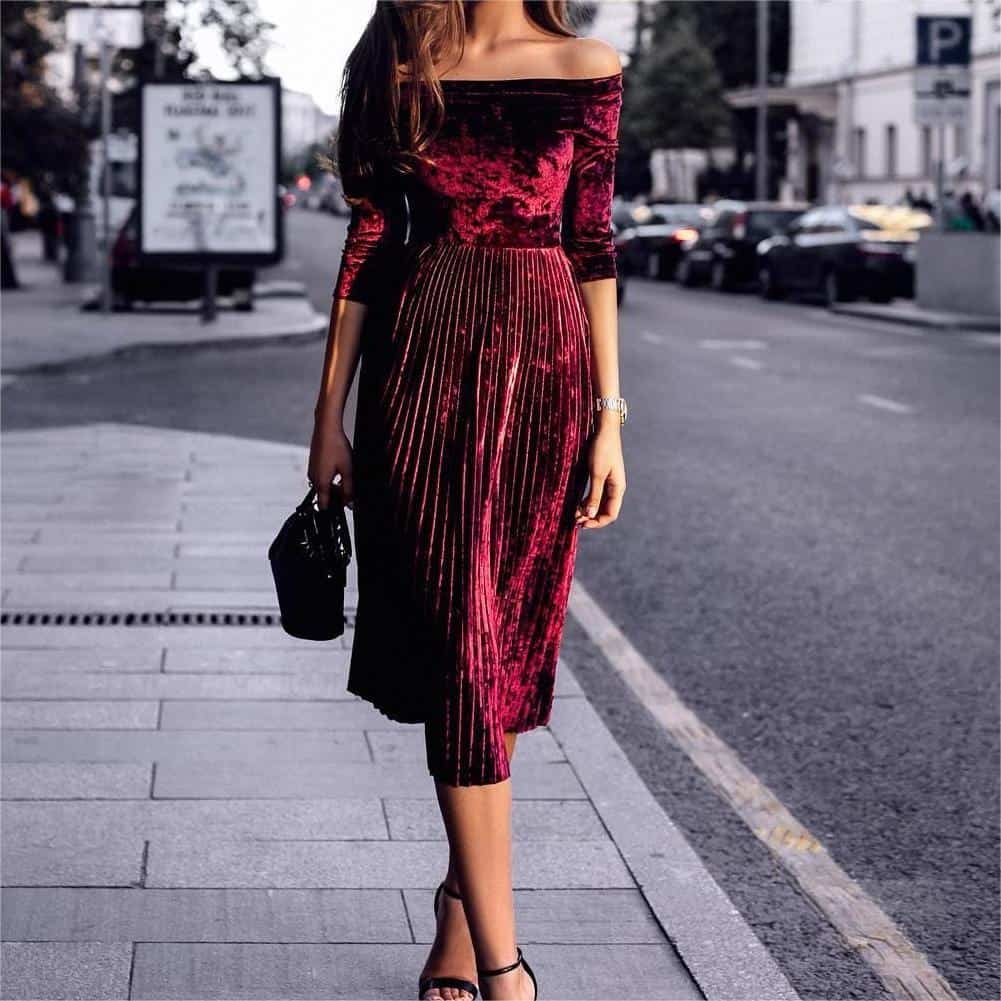
Velvet is a luxurious, soft, and plush fabric that has been popular for centuries. It is made from cotton, silk, or synthetic fibers, and is known for its distinctive texture and appearance. There are many different types of velvet, each with its own unique properties and characteristics. Here are five of the most common types of velvet:
Crushed Velvet
This type of velvet has a unique texture that gives it a crushed or wrinkled appearance. This is achieved by twisting and pressing the fabric during the manufacturing process, which results in a distinctive appearance that is both soft and stylish. Crushed velvet is often used for furniture upholstery, curtains, and clothing, and is available in a wide range of colors and patterns.
Velour Velvet
Velour velvet has a smooth, soft surface that is matte in appearance. It is often used for clothing and upholstery, and is known for its luxurious look and feel. Velour velvet is also popular for use in theater productions, as it is durable and can be easily manipulated to create the desired look.
Devore Velvet
Devore velvet is a type of velvet that has been burned away in certain areas to create a pattern. This process results in a fabric that is both lightweight and attractive, and is often used for clothing and accessories. Devore velvet is particularly popular for evening wear, as the intricate patterns and designs can be quite striking.
Burnout Velvet
Burnout velvet is similar to devore velvet in that it is created by burning away parts of the fabric to reveal a different underlying material. This results in a fabric that is both light and breathable, and is often used for clothing, especially summer garments. Burnout velvet is also popular for home décor, as it can be used to create curtains and upholstery with a unique and attractive look.
Stretch Velvet
Stretch velvet is a type of velvet that has a small amount of spandex or other elastic fiber added to it, which makes it stretchy and more form-fitting. This type of velvet is popular for clothing, especially leggings and bodycon dresses, as it hugs the body and creates a flattering silhouette. Stretch velvet is also used for furniture upholstery, as it is easy to clean and maintain, and can be stretched to fit snugly over cushions and frames.
In conclusion, velvet is a versatile and stylish fabric that has been popular for centuries. Whether you’re looking for a luxurious, soft, and plush fabric for clothing or upholstery, or a lightweight and attractive material for home décor, there is a type of velvet that is perfect for you.

